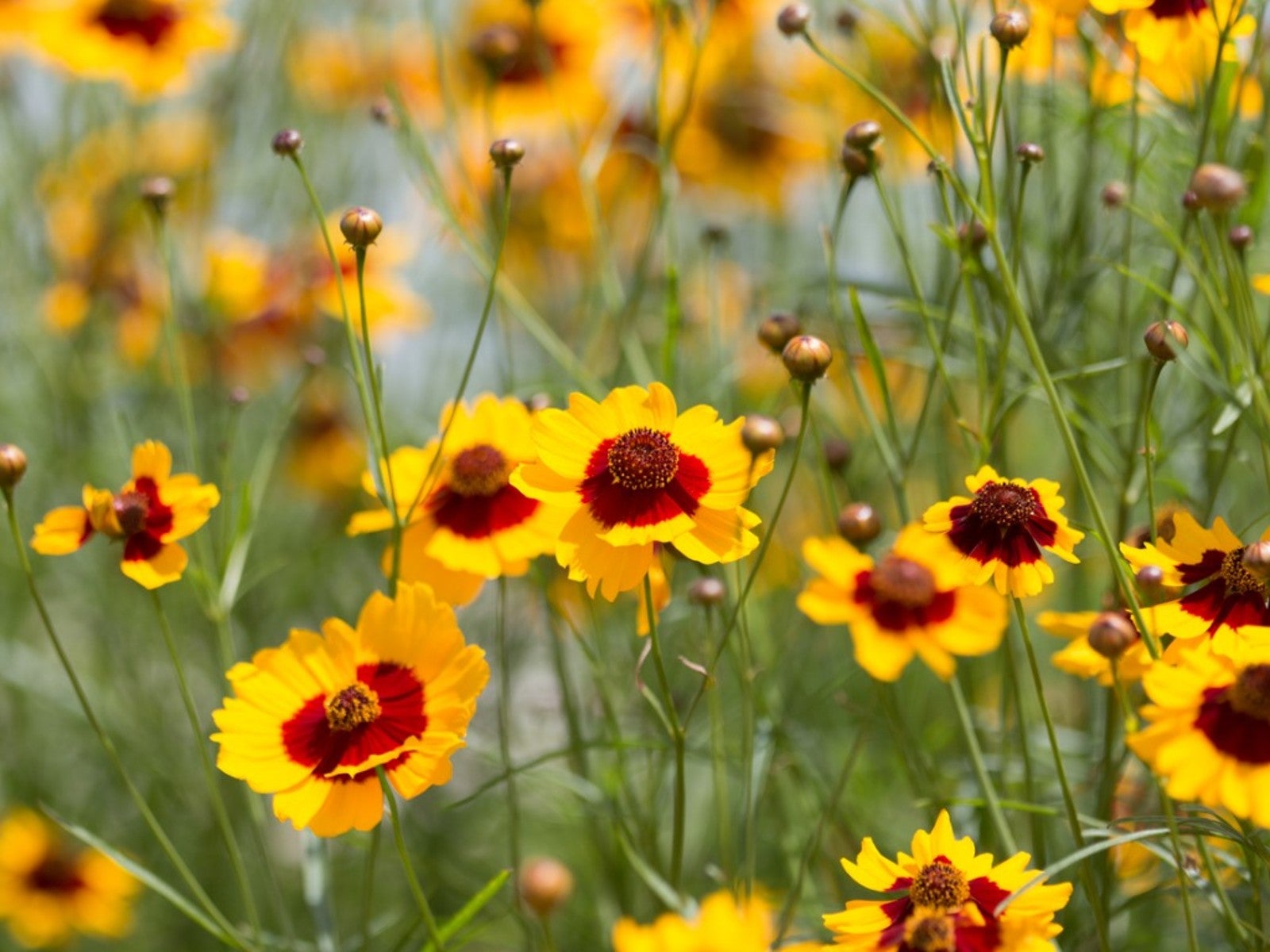How To Identify And Treat Coreopsis Problems

published
in Features

(Image credit: lamyai)
Follow us
Add us as a preferred source on Google
Newsletter
Subscribe to our newsletter
Correctly identifying, diagnosing, and treating various types of plant ailments can often be one of the most difficult aspects of gardening. This is no exception for those who first notice issues surrounding the growth and vitality of both annual and perennial coreopsis plants. Below, we will explore various coreopsis problems in greater detail.
Common Coreopsis Diseases
- Aster Yellows - Aster yellows is generally transmitted by one of many coreopsis pests, specifically, leafhoppers. Disfigured leaves and a noticeable yellow coloring are among the first signs that this disease may have infected plants. Though there is not a cure, most gardeners suggest removing and disposing of infected plant matter and keeping the garden area clear of weeds.
- Blight - Though somewhat uncommon in coreopsis, fungal blight can occur. Much like leaf spot, blight is often the result of pathogens coming into contact with the plant’s leaves. Botrytis blight then causes the lower leaves to die back and drop from the plant. Some have found that garden fungicides may be a viable option as a means to prevent this condition.
- Leaf Spot - When growing coreopsis, dying plants and leaves could be the result of bacterial and/or fungal leaf spot. This condition is most commonly caused by pathogens within the soil. When watered from above, organisms may splash onto leaves of plants. The first notable signs and symptoms can usually be found as dark brown or purple spots on the plant’s leaves. Over time, these leaves begin to die back and drop from the plant. To better avoid issues with leaf spot, growers suggest watering plants from below with the use of soaker hoses or drip irrigation.
- Mildew - Downy mildew and powdery mildew are the most common diseases among coreopsis plants. Like other issues, downy mildew often first produces spots on the leaves of plants. However, coreopsis infected with downy mildew will have prominent white growth on the underside of leaves, as well. Leaves and plants with serious infections may die back quickly. Powdery mildew is much less severe but is still quite unappealing. Powdery mildew can be identified by the presence of a thin, white appearance of leaves and stems. Though how to treat powdery mildew on coreopsis has been debated, most experts have found results to be inconsistent and suggest that prevention is key.
- Rot - Fungal infection may also cause both root and crown rot in coreopsis. While the symptoms of crown rot, wilting stems, may be much more noticeable; both diseases will lead to the ultimate demise of the plant. To help prevent rot, growers should make certain that coreopsis plants are located in soils that drain exceptionally well.
Gardening tips, videos, info and more delivered right to your inbox!
Sign up for the Gardening Know How newsletter today and receive a free copy of our e-book "How to Grow Delicious Tomatoes".

Writer
Tonya Barnett has been gardening for 13 years. Flowers are her passion. She has transformed her backyard into a cut flower garden, which she regularly chronicles on her YouTube channel http://www.youtube.com/@tonyawiththeflowers.